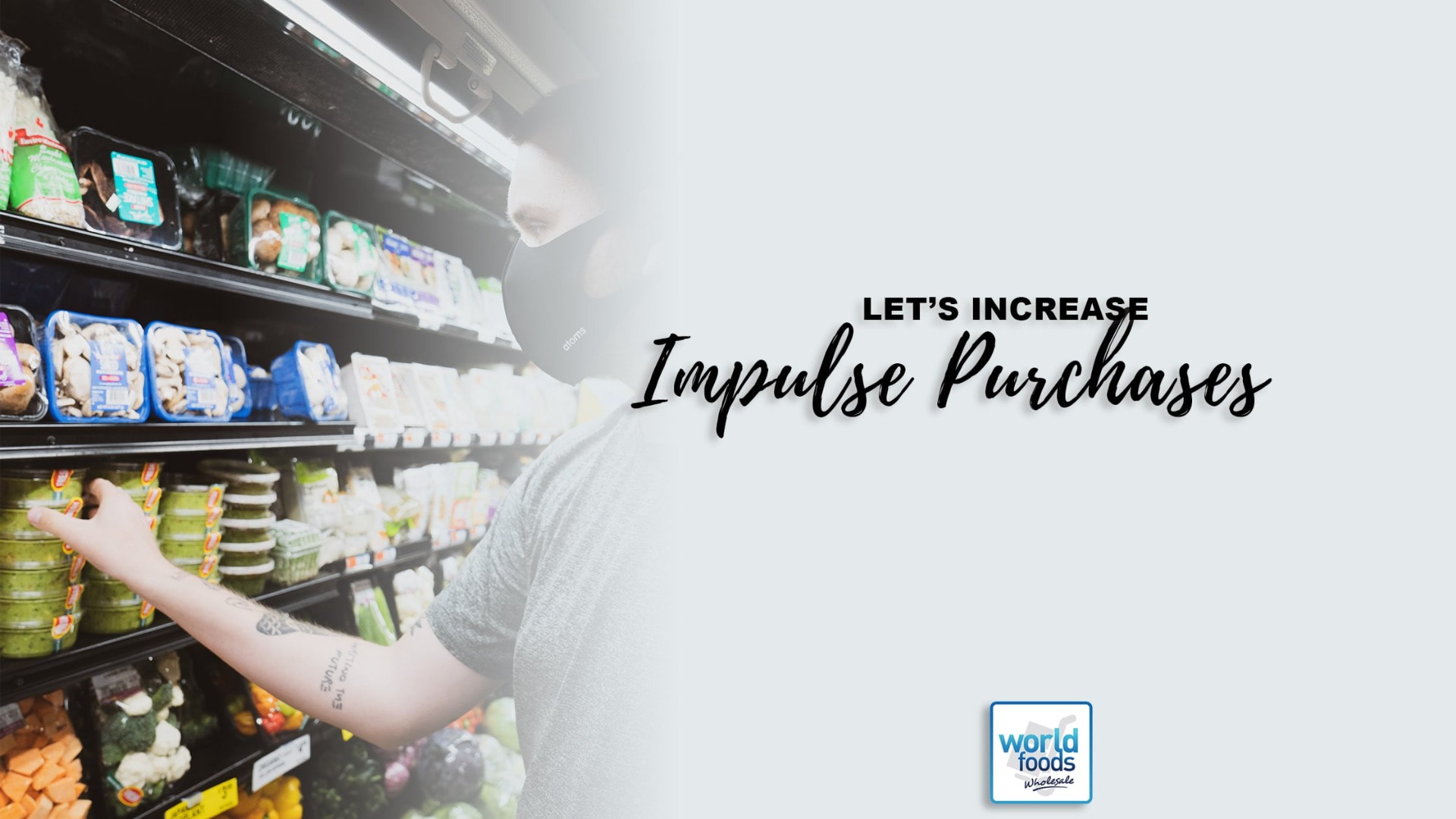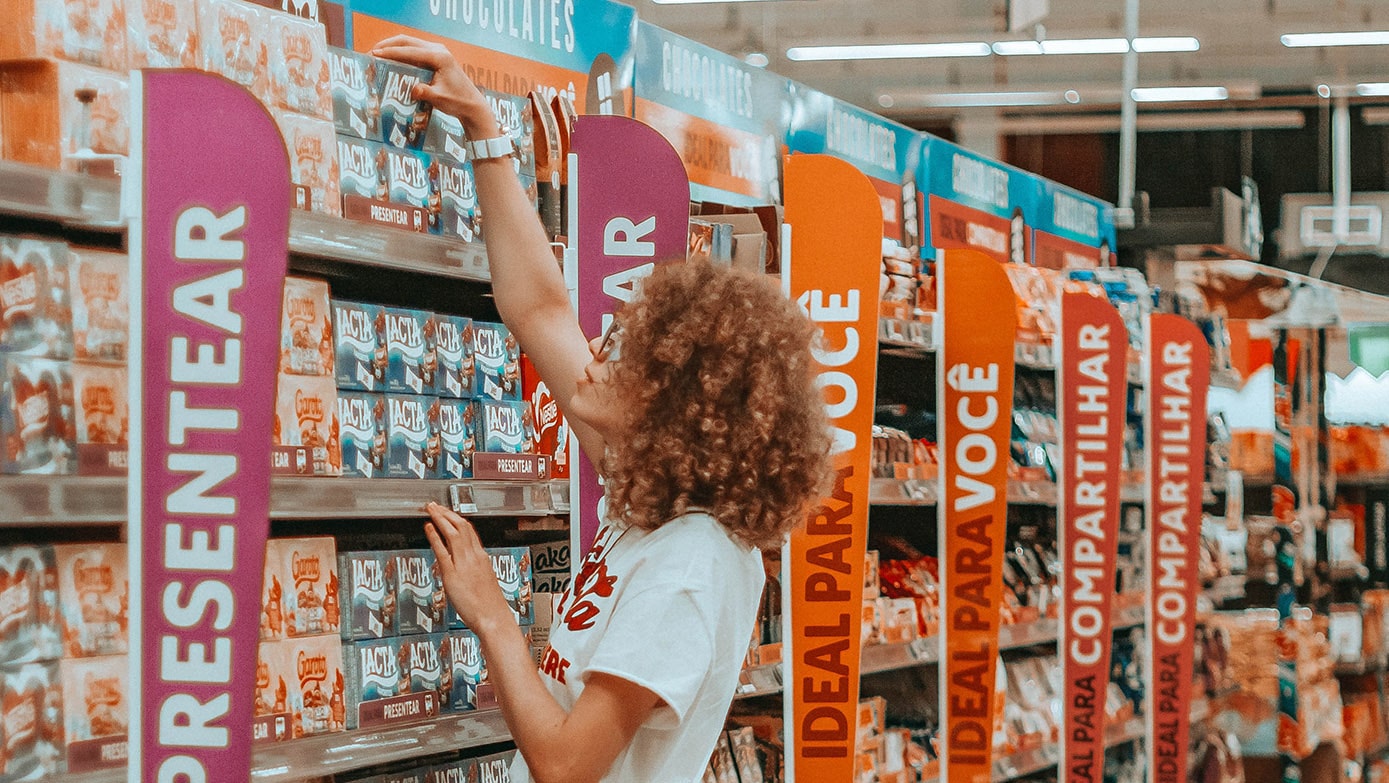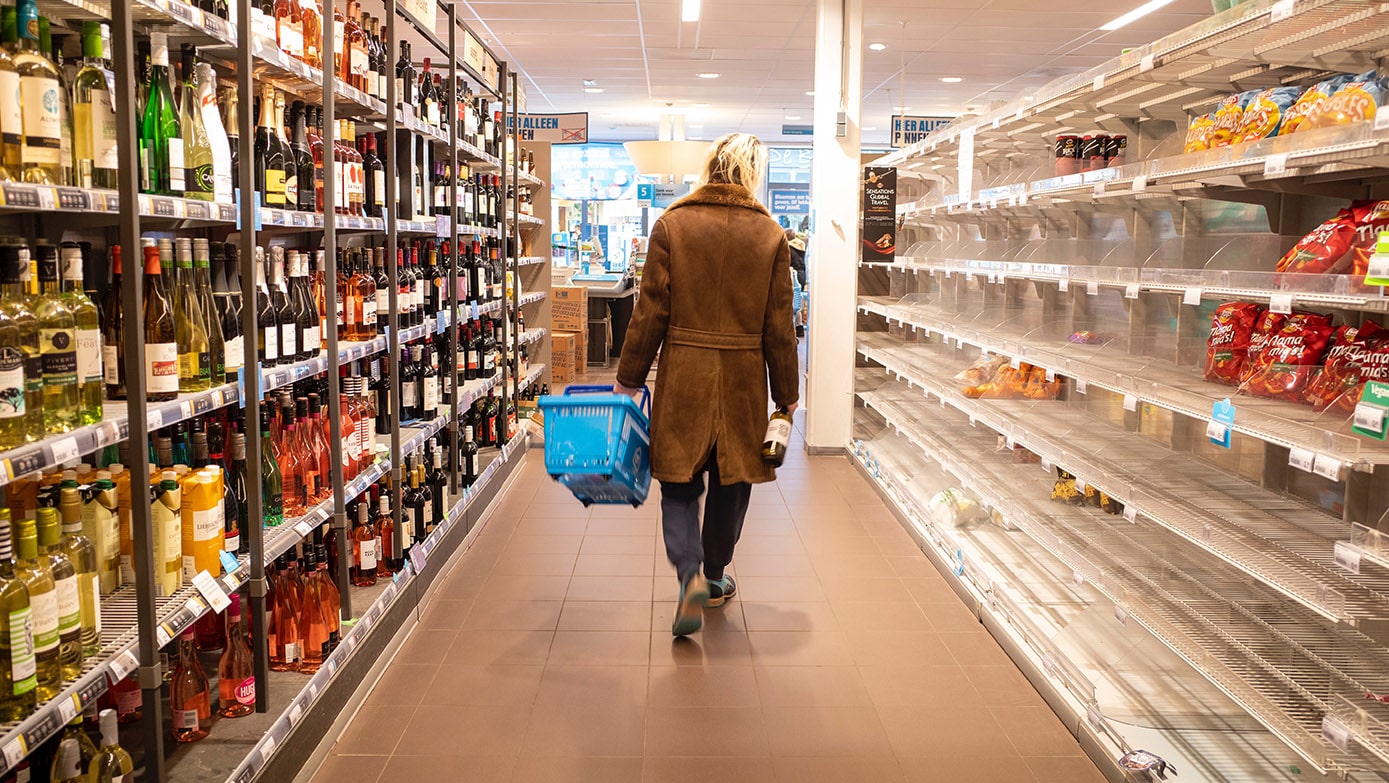Let’s increase impulse Purchases
Impulse purchasing decisions are an important part of any retailer. The majority of Brits, in fact, 91% of them, admit to making impulse purchases every month, according to research by Whistl. UK consumers spend a total of £3.14 billion every month on impulsive purchases. Even though the items purchased by each individual vary, the total amount is £47.84 per individual.
The act of impulse buying today occurs both in brick-and-mortar stores and online. Any sudden purchase on the go is considered an impulse purchase. A bag of candy on the way to the checkout, chips, or any (seemingly) small items can easily make their way to your customer’s shopping basket. Food is a very popular impulse purchase. In a survey of over 1100 respondents, 56% named clothes as their top impulse buy, while 49% named food and drink as their second top purchase.
What are the core reasons for impulse shopping?
There are a few things that make shoppers purchase items impulsively. Sometimes it is the chance to experience a new product. Some shoppers indulge in shopping as therapy and enjoy buying new things. These customers may see these purchases as a way to reward or treat themselves.
Another factor is self-control. Younger consumers are notorious impulse buyers, motivated by fun, novelty, escapism, and/or praise. Young customers are shown to try to satisfy their hedonic values through their shopping behaviour.
How to encourage impulse purchases!
Use a cheap product as an upsell
A major factor to consider in impulse buying is the price of items. Consider the type of products that are found near the checkout area in most retailers: they are often small and inexpensive, making it easier for customers to justify purchasing them at the last minute. It's common to find lower-priced products near the checkout in brick-and-mortar stores as cheaper upsell products increase the chances of impulse purchases.
Make the products visible
Your impulse items need to be placed in a location where they're easily seen. Checkout is very popular for a reason: customers come here to make purchases, and they often have a few minutes to wander around. You can also place your bestsellers, seasonal displays, or new-season goods next to locations where your customers commonly congregate. This is an excellent place to showcase impulsive purchases.
Cross-merchandising
If you know your customers frequently buy complementary items, you can also cross-merchandise or pair them with them to encourage impulse purchases. This can work with products such as beans, seasonings, candy, rice, etc.
Encourage clients to buy through rewards
Encourage impulsive purchases by offering discounts and incentives like fast fashion retailers. The consumer knows she will get a discount on $200, but the things she has chosen to date are only worth $190, so she decides to make an impulsive purchase of $10 for that reward.
---
Get in touch!
Phone: 01908 366633
Email: [email protected]
Instagram: www.instagram.com/worldfoodswholesale/
Facebook: www.facebook.com/worldfoodswholesale/




Comments
Leave A Reply
Your email address will not be published.